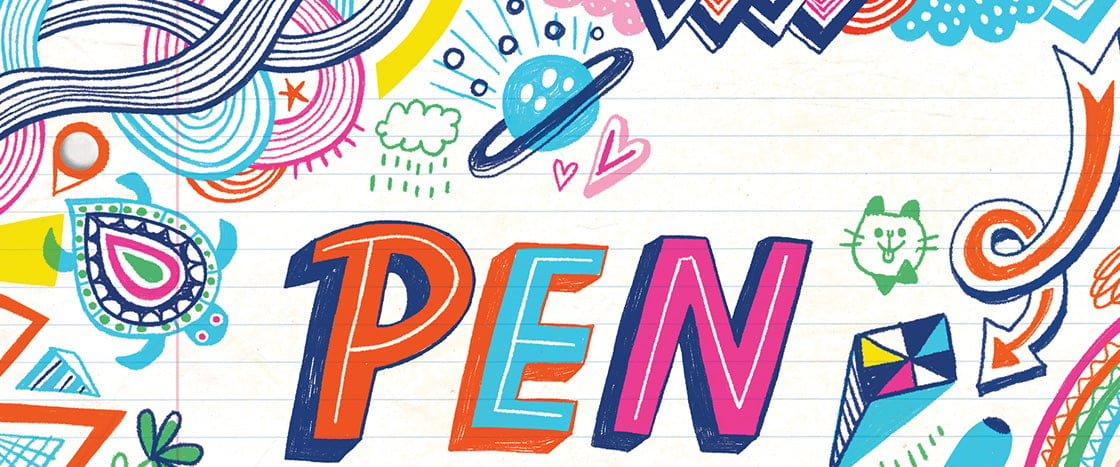Noisy people
leave their inky tattoos
on my white page
or squeeze their way
between the lines
of my yellow pad.
They tell me
who they are
what they think
what river of words
they want to ride.
Have you ever tried
to put the cap
back on a pen
that speaks?
When I try
these stubborn voices
squeak.

